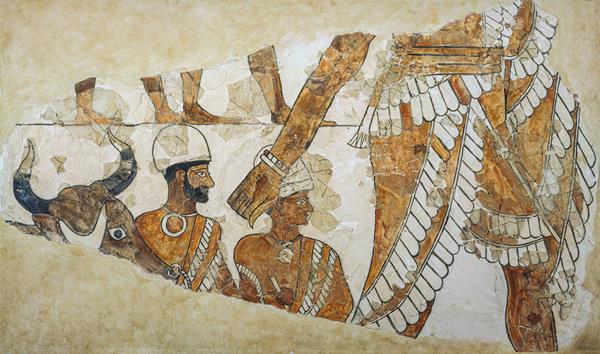Legendary Amorites
Sidebar to: The Amorites and the Bible

However the Israelites understood the “Amorites” of biblical legend, peoples known as Amorites had lived across the ancient Near East for more than a thousand years. They are first attested among third-millennium Sumerian sources as a people from the “west,” mostly northwest of Sumer up the Euphrates River. Although traditionally identified by scholars as pastoralists, Amorites played many roles in Mesopotamian society, including as mercenaries. By the second millennium, they comprised as much as 10 percent of the urban population of southern Mesopotamia and had still greater numbers in major cities to the west, like Mari along the Euphrates. By the 18th century BCE, many of the most notable rulers of cities, such as Babylon, Ur, Mari, and Assur, identified as Amorite. In the southern Levant, kings with Amorite names ruled cities from Hazor to Ashkelon. Although much remains uncertain about the spread of Amorite culture and traditions, their cities and kingdoms helped establish a prolonged period of intensive social, economic, and political connections across the Near East that only began to recede during the Late Bronze Age (c. 1550–1100 BCE). By the first millennium, when Israel was first writing down the stories of its arrival in the land, the Amorites were little more than legend.
The above wall painting (c. 1780 BCE) depicts a procession of Amorites leading a bull to a sacrifice. It comes from the palace of Mari in eastern Syria.
Already a library member? Log in here.
Institution user? Log in with your IP address.

